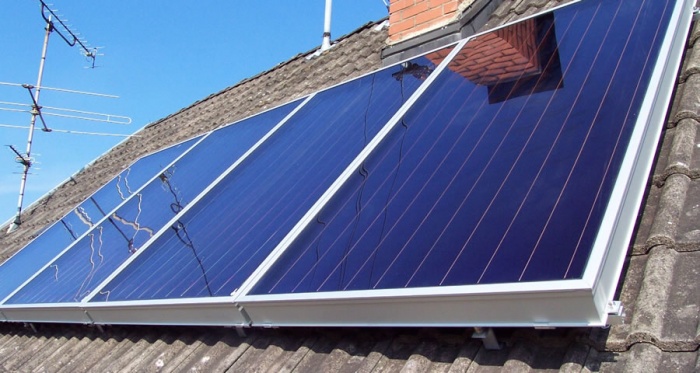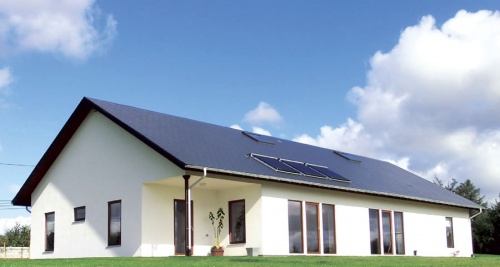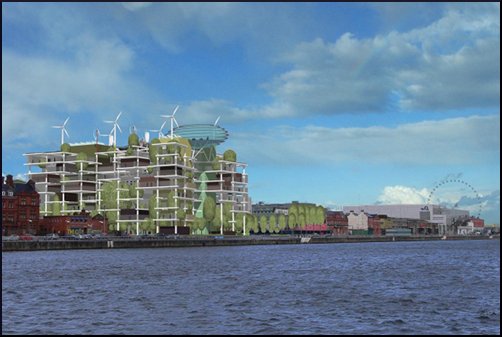Last week,
we raised some questions about the accuracy of the government's claims that its new Better Energy building upgrade programme represents an additional €30m investment over what was initially promised for 2011.
The other big claim the government made was the €30m figure would
create an extra 2,000 jobs this year. Of course, if the €30m is
not actually new funding, but just a re-allocation from a tax relief on energy efficiency works that appears to have been scrapped, the 2,000 figure looks highly questionable. Is the department claiming that putting €30m into Better Energy is creating 2,000 more jobs than would have been created by the tax relief?
The government says its €30m investment will be matched by €30m of private sector investment. So that's €60m altogether. So is it simply presuming this will yield 2,000 jobs with an average wage of €30,000, or is its calculation — as one would hope — more sophisticated?
Also, has it considered the potential for job losses in the
heat pump and biomass boiler sectors due to the withdrawal of grants from those industries? We're already hearing about companies coming under serious pressure due to the removal of grants. Of course from the government's point of view, the purpose of grants is to stimulate a market to a point where it's healthy and there's a good range of choice for consumers. It clearly thinks the heat pump and biomass boiler sectors are now there, making it the right time to remove the grants.
But what kind of message does it send to eliminate grants for heat pumps and biomass boilers while maintaining support for oil and gas boilers?
We've put questions on all of the above to the Department of Communications, Energy and Natural Resources and are hoping to have a response in the next few days.






